Ricoh Q&A @ CP+ 2016: The Pentax K-1 design story; video feedback solicited; sub-frame lens test update
posted Monday, March 28, 2016 at 4:55 PM EDT

Rounding out our CP+ 2016 interview series, IR publisher and founder Dave Etchells recently had the privilege of meeting with several senior executives from Ricoh Imaging Company Ltd., the division responsible for creating Ricoh's Pentax and self-branded cameras and lenses. Taking part in the interview were Shinobu Takahashi, Senior General Manager of the Global Sales & Marketing Division; Shigeru Wakashiro, General Manager of the Product Planning Department, Product Strategy Division; Hiroki Sugahara, General Manager of the Marketing Communication Department, Global Sales & Marketing Division; Hiraku Kawauchi, Manager of the Public Relations Group, Marketing Communiction Department, Global Sales & Marketing Division; and Takashi Arai of the 1st Planning Group, Product Planning Department, Product Strategy Division.
Topics for discussion, not surprisingly, were focused around Ricoh's first 35mm full-frame DSLR, the impressively-specified Pentax K-1. In particular, we wanted to know what were the greatest challenges in its development, how Ricoh came up with its unusual flexible-tilt LCD monitor and on-camera lighting arrangement, why full-time AF and clean HDMI output aren't yet on the video feature list for Pentax DSLRs, and what K-1 owners can expect when shooting with sub-frame lenses on their full-frame body. Note that given the difficulty of noting the respondents with certainty while transcribing the interview, all answers have simply been attributed to Ricoh throughout. Apologies for the fact that we also have no portraits of any of the gentlemen taking part in this interview, but with the extreme time constraints for our appointment, we weren't able to capture these.

Dave Etchells/Imaging Resource: It's great that you have the planning people and engineers here, thank you! The K-1 is a very major milestone for the Pentax brand. It's been a long time in development. Can you comment on any particular challenges that you had in developing it? What did you have to overcome that was the hardest?
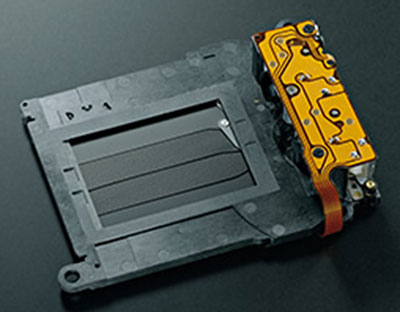
Ricoh: So, the technological challenges: So far we had been working just on the development of APS-C cameras, and that meant that in order to incorporate a full-frame sensor, we needed to renew all the mechanisms, including the mechanical shutter mechanism, Shake Reduction mechanism, viewfinder screen and viewfinder optics. All those must be renewed. And that was very, very challenging. Development was challenging.
DE: It was a challenge. You had to basically completely redo everything mechanical?
Ricoh: That's right.
DE: Yes. And I would imagine the image stabilization must have been hard, because you're moving a much bigger sensor, so much more mass.
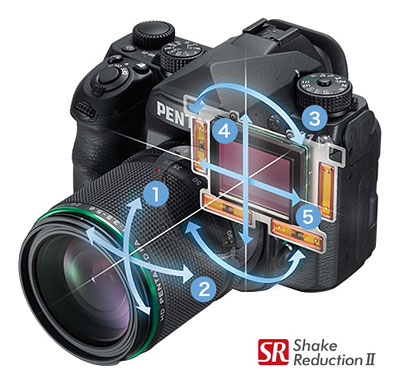
Ricoh: The answer to your question is yes. The sensor is bigger, which means the weight of the sensor is also bigger, and to control that, we needed more powerful magnets, and a more powerful activation unit was necessary. But if we just made it bigger, then the camera size would also be much bigger. So we tried hard to make it compact, while keeping the shake reduction effectiveness as good or better than before.
DE: You had to make it very strong, but also very compact.
Ricoh: That's right.
DE: Ah - what was the key to that? I mean, stronger magnets like rare earth ones? How'd you make it stronger, yet still keep it small?
Ricoh: Well there was a trial and error process. We had a lot of testing and improvement, testing and improvement.
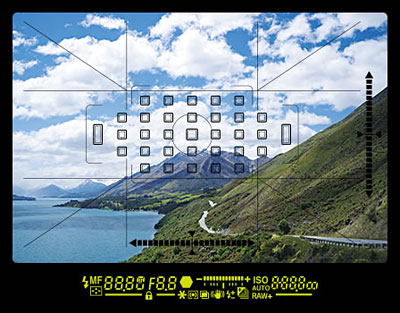
DE: Oh, it was very iterative. You had to try something, test, and go back and forth.
Ricoh: Yeah.
DE: I wonder, will any of the advances in the stabilization system for the K-1 have an impact on future APS-C models as well? Are there advances in creating the image stabilization for the K-1 that will later show up in your next APS-C camera?
Ricoh: Yeah. There will be many.
DE: Will they allow you to make them smaller, or how will it be improved for APS-C?
Ricoh: For example, in the Pentax K-1, we adopted a five-axis SR system, which makes it possible to compensate five EV steps, including roll.

DE: Oh, a five EV improvement.
Ricoh: Yes, five EV, including roll correction. That technology can possibly also be used in APS-C sensor format cameras.
DE: Mmm, so APS-C in the future will have the ability to correct more stops, and also roll correction.
Ricoh: Potentially. These technologies are potentially possible in future APS-C models.
Ricoh: Also keeping the small size.
DE: While keeping the size very small, yes. In the past, your DSLRs used the mechanical shake reduction system while recording movies, and then you went to electronic. How does the K-1 stabilize during movie recording?
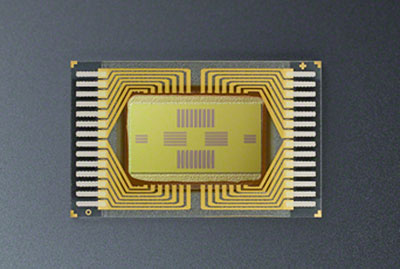
Ricoh: Not sensor SR.
DE: Not sensor, it's...
Ricoh: Electronic, digital shake reduction.
DE: It's electronic, yes. And that was done to reduce noise on the audio track, was that the primary reason?
Ricoh: Exactly.
DE: This next question is not so much technical, but more just about product design. The K-1 body has a lot of very innovative or distinct features, you know, like the liquid crystal display with its moon-lander articulation struts.
Ricoh: Moon lander! <much laughter>

Ricoh: That is the first time I heard that comparison!
DE: It might be [Ricoh Imaging Americas Corp. President] Jim Malcolm who mentioned that term to me, but that was our first thought when we saw it as well. Yeah, it looks like a moon lander.
Ricoh: <laughter> The moon lander; Apollo!
Ricoh: Can we use [that description] for our promotional activity? <laughter>
DE: Sure, if you use it for promotion, you can send me a bottle of sake. That would be great! <laughter>
DE: Yeah, so there's that, and then the illumination LEDs and the Smart Function dial. We're curious, did any of the process of developing those features come from feedback from photographers, or was this just purely the engineers thinking "What can we do?"
Ricoh: Both. For example, the LCD. We call it "flexible tilt".
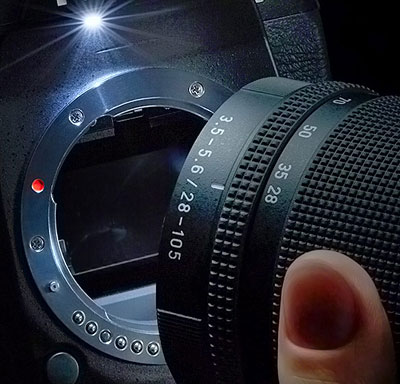
DE: Flexible tilt, yes.
Ricoh: OK, whatever the name is, moon lander is nice. This idea came from our internal discussion of how we could combine the advantages of the tilt LCD and vari-angle LCD into one.
DE: Mmm.
Ricoh: So the tilt LCD, you won't be able to use like this. [Demonstrates side-to-side motion on the K-1 LCD.]
DE: You can't go left or right, yeah.
Ricoh: Yes, and vari-angle. OK that is possible but then in that way, you to see the monitor [off to one side], while the sensor is here. So that is less intuitive. [Gesturing with the camera, indicating that a tilt-swivel LCD would be positioned off to the left of the body, while the sensor is more or less centered.]
DE: Ah, I see!
Ricoh: What you see is from here (on the left), and what the camera gives the picture from is here (in the body, behind the lens mount).
DE: So the tilt/swivel, with the LCD being off to the side...
Ricoh: Right. Not in line.

DE: Yes, I see.
Ricoh: And then we conducted a lot of research, listening to professional photographers about what could be the best solution, and through those kinds of discussions, we finalized our idea to be like this.
DE: To be like the struts, yes. It's so different! How did you come up with the idea of that particular mechanism?
Ricoh: We had a lot of ideas, too.
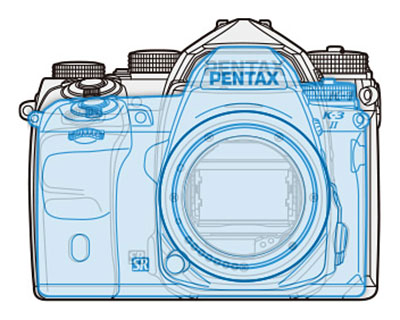
DE: A lot of different concepts? Yeah.
Ricoh: Yes, different concepts or ideas to make [it possible to combine] those two advantages into one.
DE: Yeah.
Ricoh: And then, after some discussion we made three prototype designs of this mechanism. And then we evaluated it in terms of the weight, the size and the robustness. And the winner is...
DE: The winner was this one. So you had three different versions, were they all of the strut design? Or were they more conventional hinges, or...
Ricoh: All of them had a rather new structure.
DE: Oh, so they were all variations of this, and then you picked the one that was the most robust, yeah.
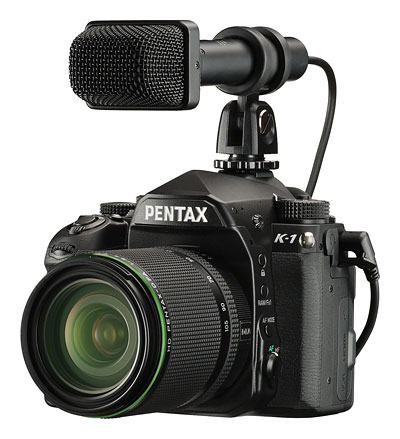
DE: Skipping around, let's talk about movie capabilities. In many ways, the K-1's video recording abilities are very generous. It has manual exposure controls, an external microphone connection and a headphone connection, but two things are missing. From a consumer viewpoint, though, what's missing is full-time autofocus during video. But even for professionals who wouldn't care about full-time AF, there's not a clean HDMI output without an information overlay; giving you just the pure video signal. Professional video people want that, because then they can plug into a separate recorder. And I guess 4K is another feature that's missing, other than in the interval movie mode, but there's no regular 4K.
Ricoh: I see.
DE: We're wondering, were those features that you didn't feel that there was enough demand from your user base to justify, or was it more that you just had limited resources and so you chose to put more resources into other features that were more important, or more popular?
Ricoh: So we don't think the current video feature is enough for all the demand from every potential K-1 customer. If we hear the demand from the customers, we should listen to it. And one request is clean HDMI out. From the HDMI out, it is not possible to output in 4K format. Full HD is highest.
[Ed. Note: We think perhaps something was lost in translation here, and that Ricoh misunderstood us to be asking about 4K video output, rather than 4K capture.]
DE: Ah, yeah.

Ricoh: But if that is still OK, then maybe we can accomodate it by updating our firmware.
DE: Ah, so maybe you can provide clean HDMI with a firmware change, possibly.
Ricoh: If the demand is great enough.
DE: If the demand is there, yeah.
Ricoh: What do you think, will you...
DE: I think there would be demand for it, but I also don't know what the Pentax customers specifically would want. I suspect many are very traditional still photographers, so I can't really predict the demand, but it's something we can ask our readers.
Ricoh: Ah, yes please.
DE: We can ask people to comment and say, especially if someone's considering purchasing a K-1, is clean HDMI important?
Ricoh: So can you ask your reader about that?
DE: Yes, definitely.
[Ed. Note: Would you like to see clean HDMI output on the Pentax K-1? Sound off in the comments at the end of this article, and we'll forward your feedback to Ricoh!]
Ricoh: Anyway, the 4K output is definitely not possible, sorry.
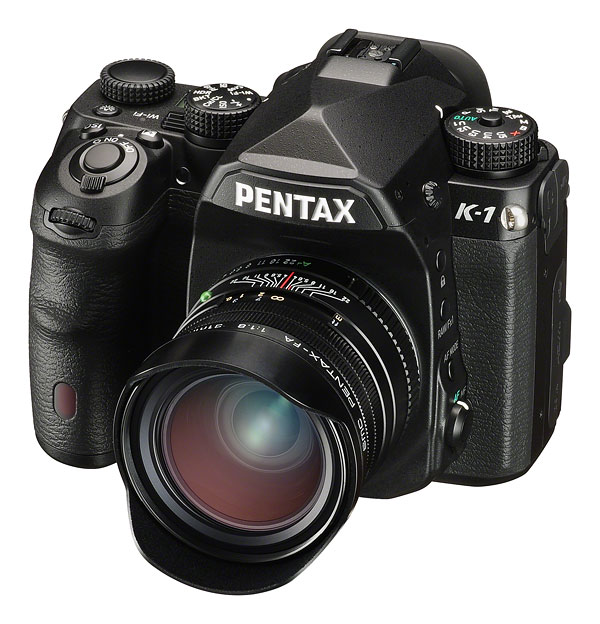
DE: OK, definitely not for that. When you were choosing how to develop the K-1, did you consider 4K and then decide not to include it for some reason?
Ricoh: So in the earlier planning stage, we did consider the 4K possibility. But the priority was the image quality, or the image performance for the still image.
DE: So still image quality, and still shooting performance was the priority...
Ricoh: Right.
DE: ...and so you can't do everything, so you chose to focus on that, yes.
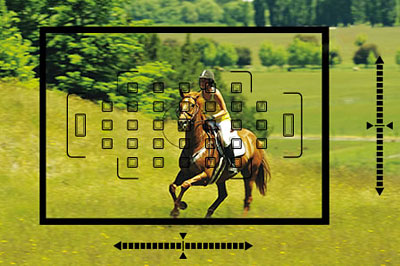
DE: We're unfortunately getting very short on time, but I have some questions about lenses. I guess the first I want to ask and forgive me if this has already been published, but when I interviewed Saiki-san last CP+, he said that some of your DA lenses actually have full-frame image circles.
Ricoh: Hmm.
DE: <laughing> I hope he was supposed to say that! And he said that you were going to evaluate the DA lenses and then publish a list of DA lenses compatible with full-frame capture. Have you announced that yet, or are you working on that process?
Ricoh: Regarding the list of DA lens which can be used with a full-frame body, we are now evaluating by taking real pictures with the K-1, and then I'm going to upload the result of the test.
DE: Ah!
Ricoh: But actually, we cannot define which lens is OK or not, because the result depends upon things that change with the lens focal length and aperture like vignetting. For instance, you may have a little bit of vignetting, but if the aperture is stopped down, the vignetting is smaller...
DE: Yeah.
Ricoh: ...and the result is better. So we cannot decide what is OK what is not.
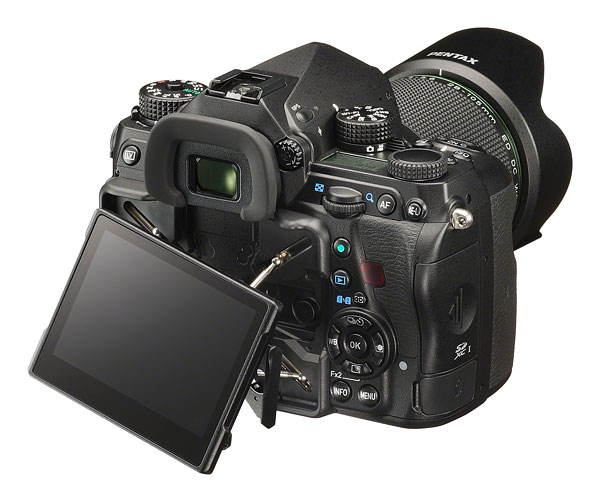
DE: Ah, yes. It's a simple not yes / no answer, it's good, better, not as good, etc.
Ricoh: It's not a yes or no kind of question, but I'm going to upload the real images from the testing.
DE: Oh, the actual images, you shot with it...
Ricoh: Yes, yes.
DE: ...and then people can decide for themselves.
Ricoh: Yes, yes.
Ricoh: It's up to users.
DE: Yes. And is the main limitation vignetting, or is it things like chromatic aberration, or other optical issues in the corners?
Ricoh: Both vignetting and aberration can be improved by stopping down the aperture.
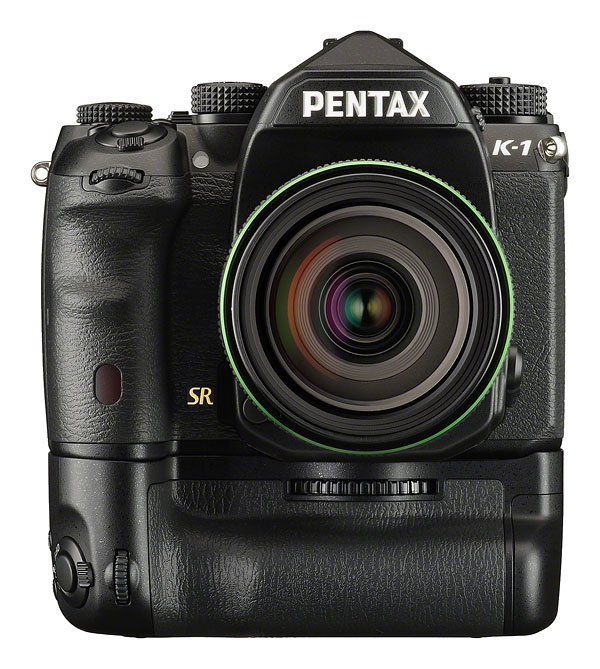
DE: Yeah, I guess maybe you don't have the results yet, but I was wondering if it's generally the case that shading is a bigger issue, or that CA is a bigger issue? Probably it varies depending on the lens, I guess.
Ricoh: It's depending on the lens.
DE: Yeah, yeah.
Ricoh: So the users can decide if it's OK, or it's not.
DE: Yeah, it will be an individual decision for a user, what they consider acceptable or not. We can't wait to see the results of your testing, and I'm sure many Pentaxians are even more eager!
DE: Gosh, I'm really out of time. I had a couple of other questions about lenses and autofocus, perhaps I can just email those to you?
Ricoh: To me, yeah.
DE: Great, thanks very much, and apologies that I'm having to rush off so quickly. Thank you very much for your time!
[Ed. Note: I had a couple of questions about AF performance with older FA lenses, will try to put those together in an email and send them off to Ricoh Japan. We'll post the questions and their answers in a separate news item whenever we receive them.]